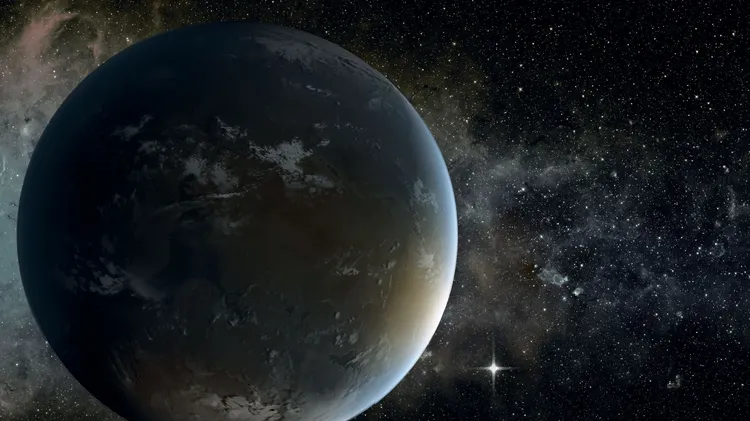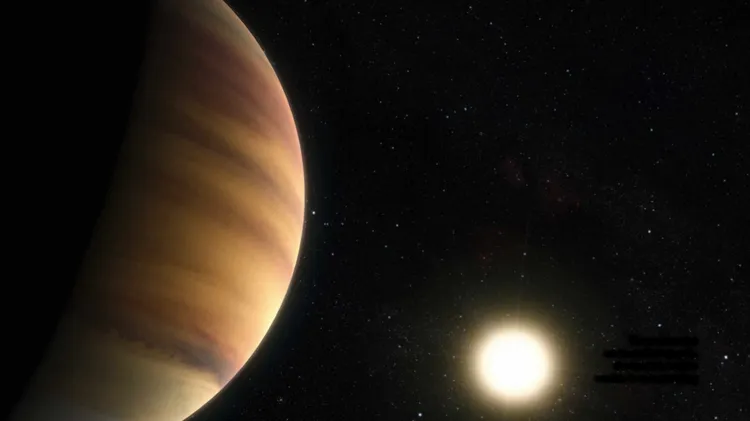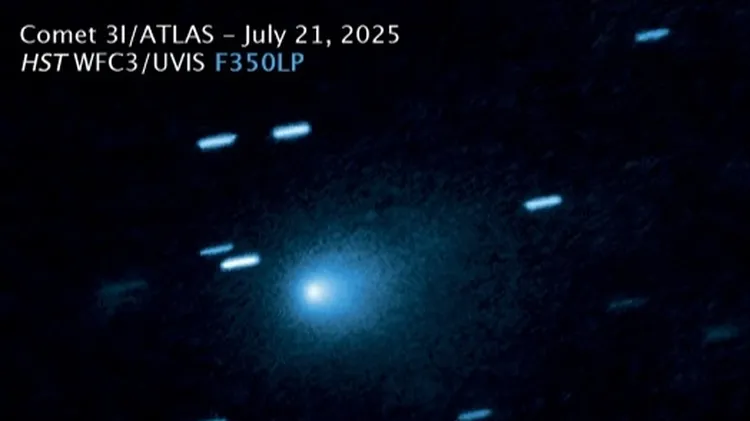DAVID HAMBLINGlooks forward to an exciting new era of ast
The weird and wonderful sky at night
4 min read
This article is from...
Read this article and 8000+ more magazines and newspapers on Readly






